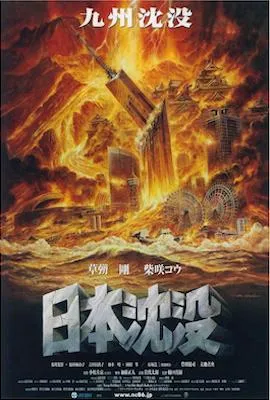Higuchi Shinji
Overview
A pivotal figure in modern Japanese special effects and animation, Higuchi Shinji is renowned for revolutionizing the tokusatsu genre and for his creative partnership with An'no Hideaki.
Born in Tokyo, his passion for special effects was ignited by childhood visits to Toho Studios. He entered the industry straight out of high school, landing an uncredited role on The Return of Godzilla (1984) as a modeler and assistant for suit actor Satsuma Kenpachirô. That same year, he became a founding member of Gainax, where he worked as a storyboard artist and writer on seminal anime productions like Royal Space Force: The Wings of Honnêamise (1987) and Neon Genesis Evangelion (1995)—the protagonist of which, Ikari Shinji, bears his name.
Higuchi's most significant early contribution to live-action cinema was as the Special Effects Director for Kaneko Shusuke's Heisei Gamera trilogy (1995–1999). He was praised for modernizing the kaiju aesthetic, blending traditional suitmation with CGI and dynamic, low-angle cinematography to create a sense of scale and realism previously unseen in the genre. This work earned him a Special Technology Award at the Japan Academy Prizes.
He made his feature directorial debut with the submarine thriller Lorelei: The Witch of the Pacific Ocean (2005) and continued to direct major spectacles like The Sinking of Japan (2006) and the live-action Attack on Titan films (2015).
In recent years, he has reunited with An'no to helm the "Shin Japan Heroes Universe." This collaboration produced the critical and commercial juggernaut Shin Godzilla (2016), which he co-directed; both Higuchi and An'no were recognized with the Best Director award at the Japan Academy Prizes. He followed this success by directing Shin Ultraman (2022), continuing his lifelong dedication to reimagining Japan's most iconic special effects heroes for a contemporary audience.
Accolades
Selected Works


















